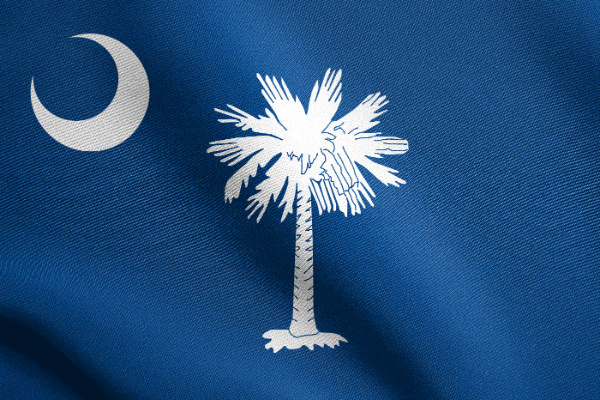 History Following exploration of the coast in 1521 by Francisco de Gordillo, the Spanish tried unsuccessfully to establish a colony near present-day Georgetown in 1526, and the French also failed to colonize Parris Island near Fort Royal in 1562. The first English settlement was made in 1670 at Albemarle Point on the Ashley River, but poor conditions drove the settlers to the site of Charleston (originally called Charles Town). South Carolina, officially separated from North Carolina in 1729, was the scene of extensive military action during the Revolution and again during the Civil War. The Civil War began in 1861 as South Carolina troops fired on federal Fort Sumter in Charleston Harbor, and the state was the first to secede from the Union. Once primarily agricultural, South Carolina today has many large textile and other mills that produce several times the output of its farms in cash value. Charleston makes asbestos, wood, pulp, steel products, chemicals, machinery, and apparel. Farms have become fewer but larger in recent years. South Carolina ranks third in peach production; it ranks fourth in overall tobacco production. Other top agricultural commodities include nursery and greenhouse products, watermelons, peanuts, broilers and turkeys, and cattle and calves. The only commercial tea plantation in America is 20 mi south of Charleston on Wadmalaw Island. Points of interest include Fort Sumter National Monument, Fort Moultrie, Fort Johnson, and aircraft carrier USS Yorktown in Charleston Harbor; the Middleton, Magnolia, and Cypress Gardens in Charleston; Cowpens National Battlefield; the Hilton Head resorts; and the Riverbanks Zoo and Botanical Garden in Columbia.
|
Read this profile of South Carolina to learn about the state's history, points of interest, and government. Also find interesting facts about each state, including the state's motto, symbols, and when it entered the union.




